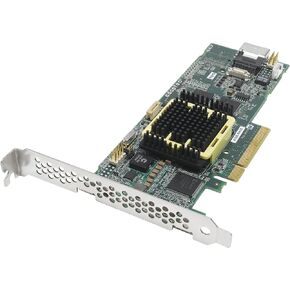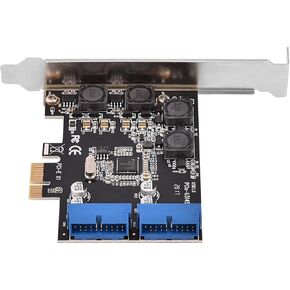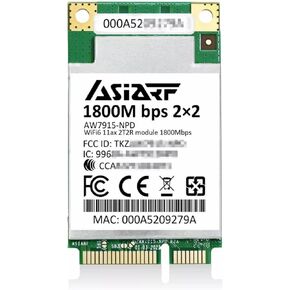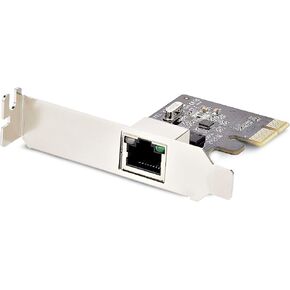- Shopping, made easy.
- /
- Get the app!
PH45 Dual M.2 MKey Split Card PCIE4.0 X8 RAID Expansion Compatible with M.2 NVMe 2230 2242 2260 2280 22110 SSD
Product Parameters
Name:Dual NVME RAID PCI-E X8 Split Card
Model:PH45
Support Hard Disk:MKEY Hard Disk
Transmission Speed:2*32Gbps
Packing Size:19.5*13*3.2CM
Product Weight:Net Weight:52g,Gross Weight:109g
Product Description
Support PCI-E X8 and X16 motherboard slots.
Supports PCI-E 3.0, PCI-E4.0 standard transfer speeds.
Support 2* X4 full channel full speed NVME SSD and M.2 PCI-E interface devices.
Adopt imported high power DC chip to ensure stable operation of SSD and M.2 PCI-E devices.
High-end PCB circuit boards with gold-plated surface, good conductivity, strong wear resistance, anti-oxidation and high fire rating.
Thickened immersion gold finger :PCI-E X8 interface adopts thickened immersion gold process, better contact and more stable transmission speed.
Supported product specifications: Support 2230 2242 2260 2280 22110 SSDs
Working status :Always on when the disk is powered on ,Blinking when reading or writing
Instructions for use:
1. The motherboard must support
motherboard support for PCI-E split function, able to set the PCI-E X4X4X4 or 4X4 mode;
motherboard support for PCI-E RAID function;
motherboard compatible with AS US must support for Hy perM.2X16 expansion card function;
Different motherboard PCI-E split channel number is different, some motherboard PCI-E RAID is X8+X4+X4. This kind of motherboard 4-bit M.2 card can only support 3 M.2 SSDs or devices, 2-bit M.2 card can only support 1 M.2 SSDs or devices, if you need to use this product normally, please correctly select the motherboard;
Many motherboards are shared PCI-E channels, make sure that the motherboard can support the function of the PCI-E splitting, but can't recognize so many M.2 SSDs or devices, please remove the other PCI-E devices on the motherboard, please remove the other PCI-E Or replace the slot, such as graphics card, expansion card, onboard NVME SSD, etc.
2. CPU support is required, and the CPU should have enough lanes, generally low-end CPUs do not have enough PCI-E lanes, so they may not be able to support it, you can refer to the introduction of the motherboard to make the right choice when chosing CPUs.
 Adaptec 2258100-R 5405 RAID 4-Channel SATA/SAS 256MB PCI-Express Kit
KWD 39
Adaptec 2258100-R 5405 RAID 4-Channel SATA/SAS 256MB PCI-Express Kit
KWD 39
 PCI E PCI Express to Internal 2 Port 19Pin Header USB 3.0 Card Adapter with Low ProfileUSB 3.0 Header PCI Express to Dual 19 Pin USB 3.0 Card
KWD 8.500
PCI E PCI Express to Internal 2 Port 19Pin Header USB 3.0 Card Adapter with Low ProfileUSB 3.0 Header PCI Express to Dual 19 Pin USB 3.0 Card
KWD 8.500
 Wi-Fi 611ax 4T4R Dual Bands Selectable mPCIe Card IEEE802.11ax / ac/a/b/g/n 2.4G / 5GHz
KWD 12.500
Wi-Fi 611ax 4T4R Dual Bands Selectable mPCIe Card IEEE802.11ax / ac/a/b/g/n 2.4G / 5GHz
KWD 12.500
 -14%
StarTech.com 1-Port Gigabit PCIe Network Adapter Card, Low-Profile NIC, PCI Express LAN Card, Realtek RTL8111H, TAA Compliant
KWD 12
-14%
StarTech.com 1-Port Gigabit PCIe Network Adapter Card, Low-Profile NIC, PCI Express LAN Card, Realtek RTL8111H, TAA Compliant
KWD 12